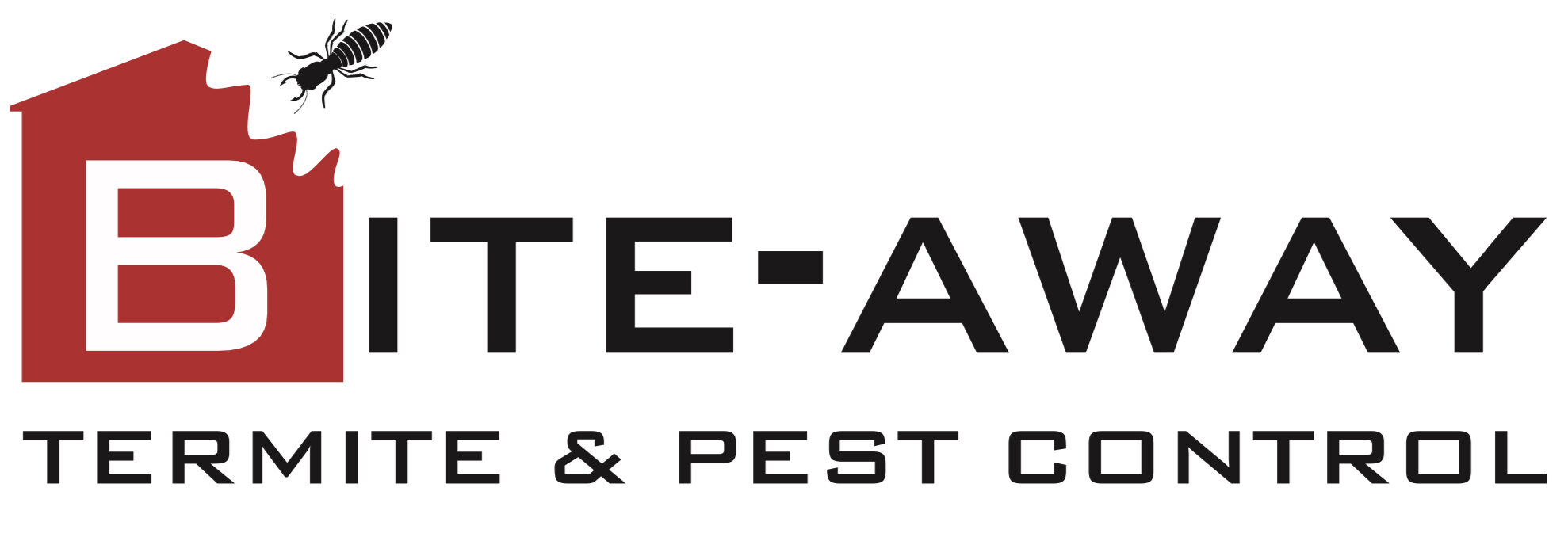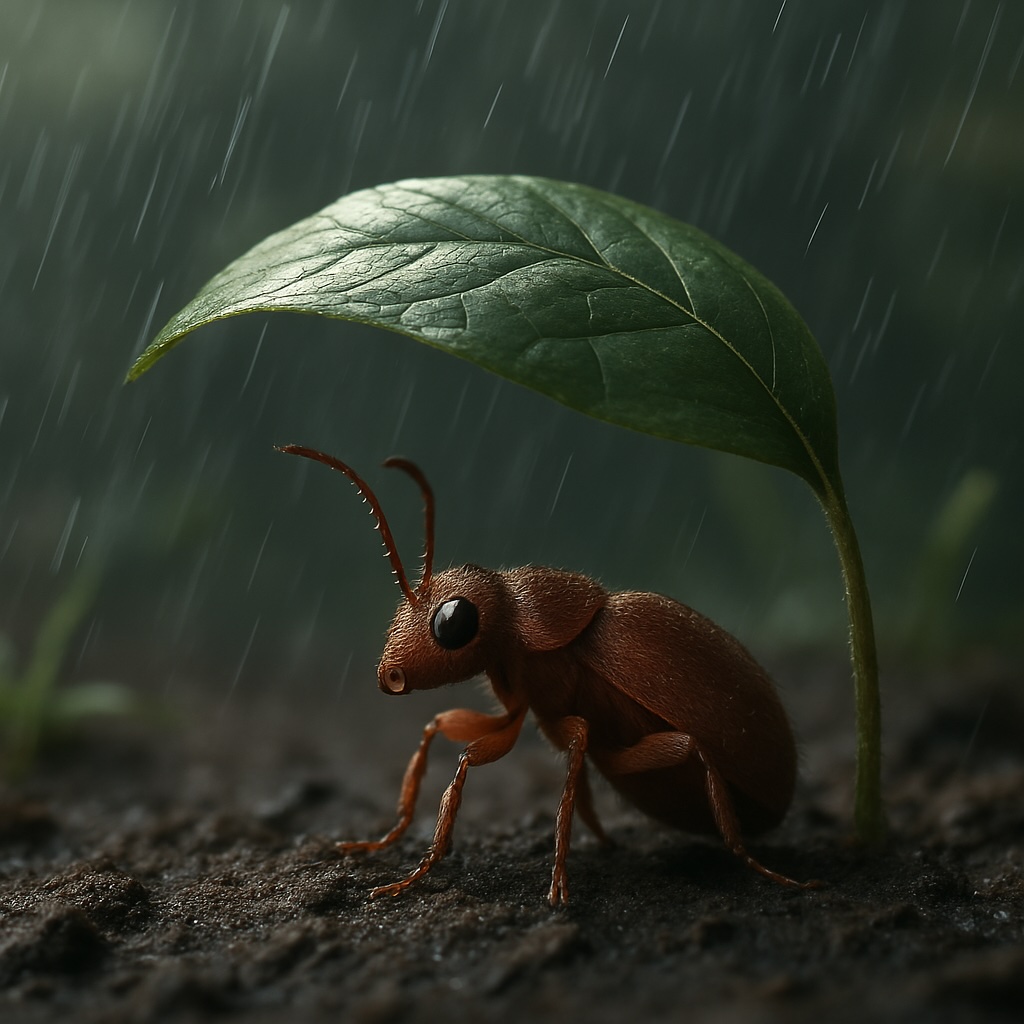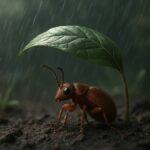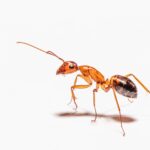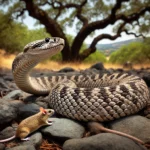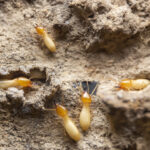Rain sets the stage for pest activity—but you can stay ahead. Bite Away helps establish a protective barrier around your home before insects become a nuisance. Prevent infestations before they start, and enjoy peace of mind no matter the weather.
Rainfall can significantly influence insect behavior, often leading to increased indoor activity and rapid population growth. Understanding these patterns can help you stay a step ahead—before pests become a problem.
1. Seeking Shelter
• Flooded underground nests drive insects like ants and yellowjackets to higher, drier ground—often into homes and garages.
• Heavy rain and wind can disorient flying insects or damage their wings, forcing them to take cover under leaves, siding, or even your roof eaves.
• Displaced and vulnerable, these insects face greater predation, pushing them to seek safer hiding places—frequently indoors.
2. Boosted Activity & Reproduction
• Pools of standing water become prime breeding grounds for mosquitoes and other aquatic insects.
• Moist conditions attract pests like termites, cockroaches, and silverfish, all of which thrive in damp environments.
• Lush post-rain vegetation can lead to an increase in herbivorous insect populations.
• For some species, rain acts as a mating trigger—leafcutter ants and certain beetles often emerge in large numbers during or after rainfall.
3. Rain-Related Challenges
• Some insect larvae struggle to feed in flooded environments, affecting their development.
• Excess moisture promotes fungal growth that can harm or kill certain insects.
• Larger raindrops may physically injure delicate species, particularly smaller or less weather-resistant ones.


